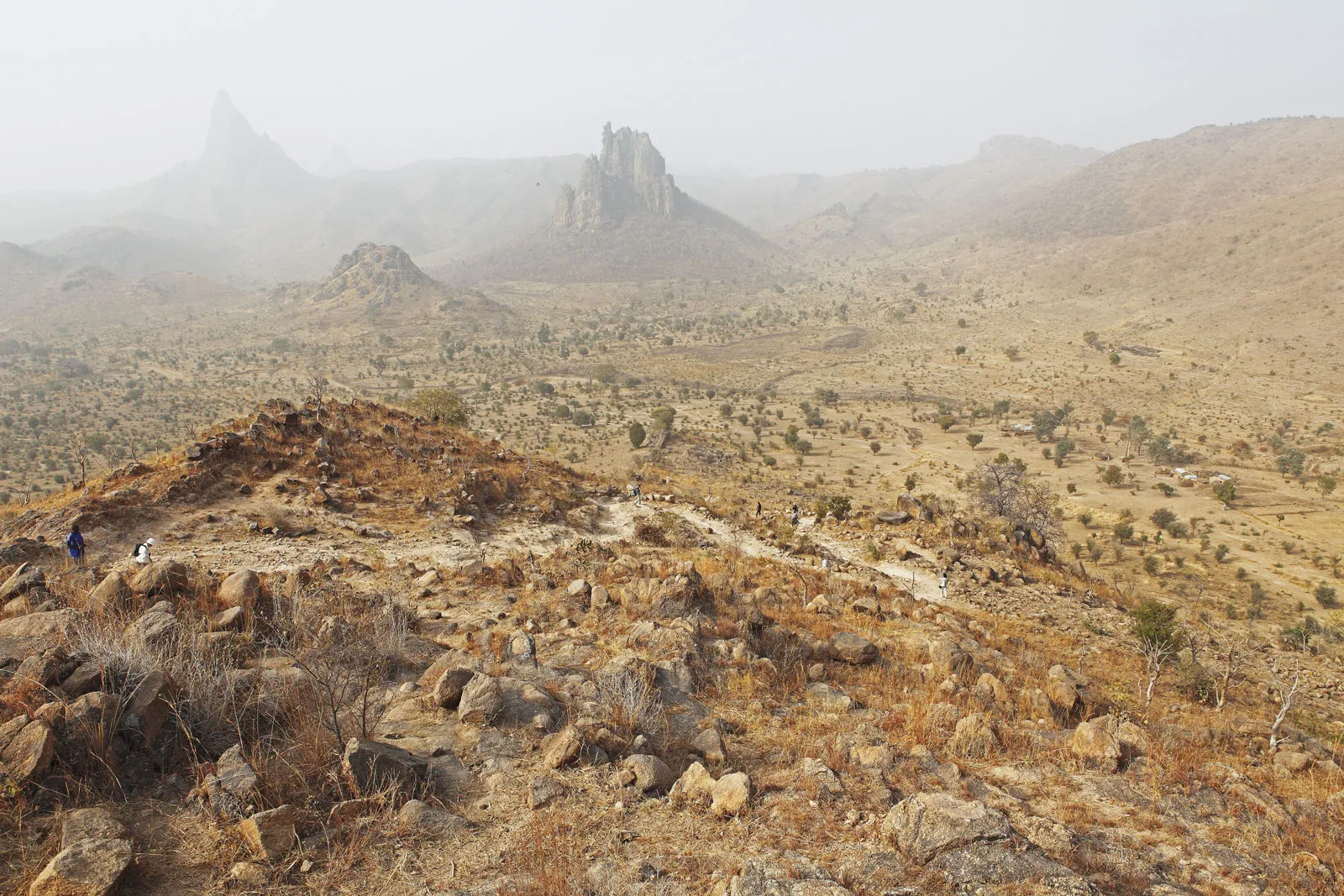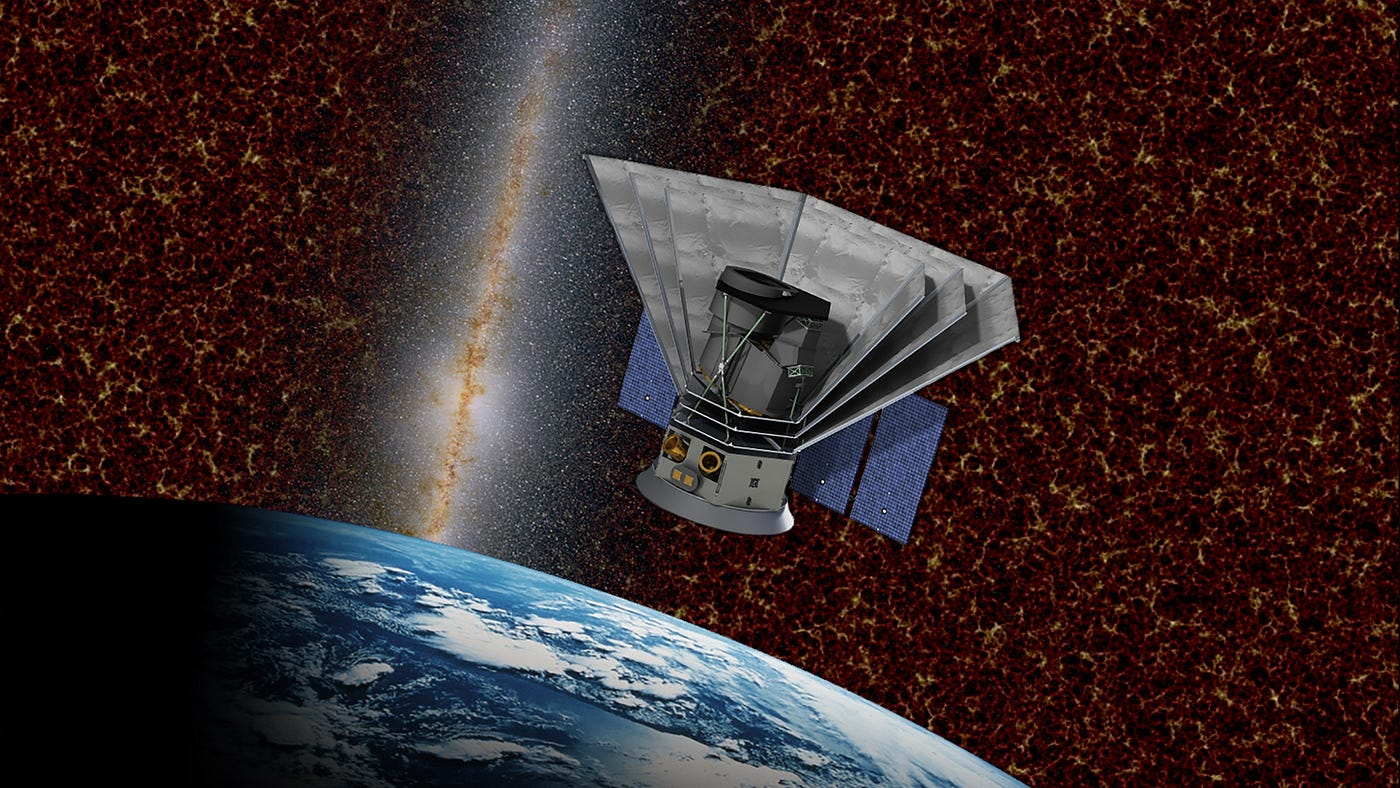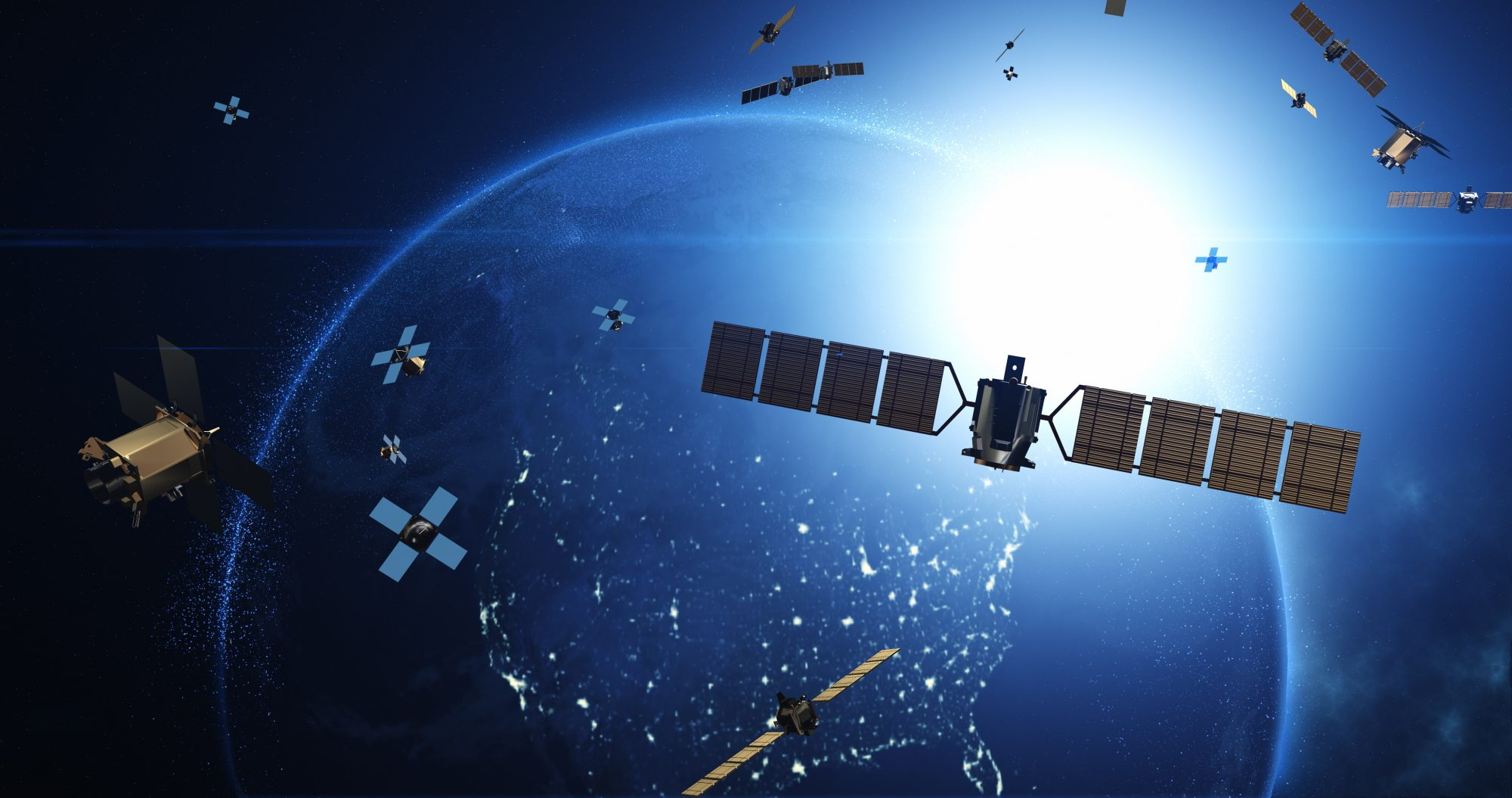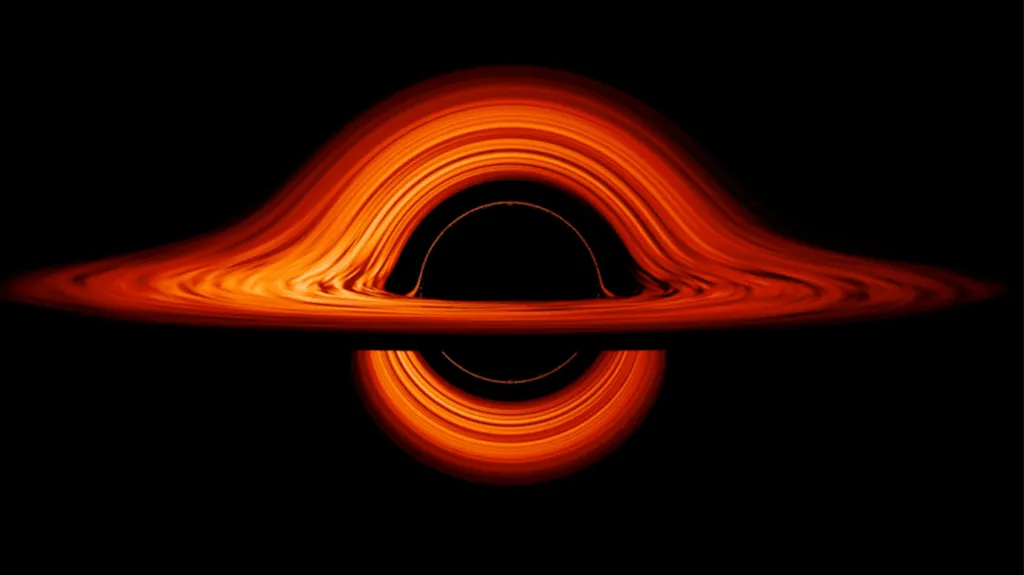zoomacademia.com – Dust: a seemingly simple, often bothersome particle that we’re used to wiping off our furniture, cleaning from our homes, and even brushing from our clothes. Yet, it’s a constant, universal presence in our environment. But why does Earth have dust in the first place? Surprisingly, this microscopic, everyday material plays an important role in both natural and human-made systems. Let’s look at the origins, types, impacts, and broader importance of dust on Earth.
1. Origins of Dust on Earth
Dust on Earth is primarily generated from three main sources:
- Natural sources: This includes volcanic eruptions, which release large amounts of ash and particulate matter; soil erosion driven by wind, which creates large dust storms; and oceanic spray, which evaporates and leaves salt crystals suspended in the air. Additionally, dust particles come from plant pollens, animal dander, and fungal spores, adding to the mix.
- Space dust: Earth is constantly bombarded by cosmic particles that come from outer space. These particles, called cosmic or interplanetary dust, are remnants of comets, asteroids, and meteorites that burn up in our atmosphere, adding to Earth’s dust load.
- Human activities: Industrial processes, vehicle emissions, agriculture, and construction contribute significant amounts of dust to the atmosphere. With urbanization and industrialization, humans have become a considerable source of dust and particulate matter.
2. Types of Dust Particles
Dust particles vary widely in composition, size, and origin. Some key types of dust include:
- Mineral dust: Typically from eroded rocks and soils, mineral dust is a significant component of dust storms in arid regions like the Sahara Desert.
- Biological dust: Includes pollen, fungal spores, bacteria, and other microscopic organic materials that float through the air.
- Pollution-based dust: Contains by-products of combustion, heavy metals, and chemicals, mostly from human activity.
3. The Impact of Dust on the Environment
Dust is not just an inconvenience; it plays several crucial roles in Earth’s ecological and climatic systems:
- Influence on Climate: Dust particles interact with sunlight and atmospheric moisture, affecting Earth’s radiative balance. Light-colored dust reflects sunlight, while darker particles can absorb it, leading to localized heating or cooling effects. This interaction has implications for regional and global weather patterns.
- Nutrient Transportation: Dust particles, especially mineral-rich dust from deserts, play an essential role in transporting nutrients across the globe. For example, Saharan dust storms bring iron and phosphorus across the Atlantic Ocean to the Amazon rainforest, which relies on these nutrients to support its biodiversity.
- Ocean Fertilization: Dust deposition into the ocean provides essential nutrients like iron that stimulate the growth of phytoplankton, foundational organisms in marine food chains.
4. Human Health and Dust
While dust contributes to ecological balance, it can pose health risks, especially in high concentrations or when it contains harmful substances:
- Respiratory Issues: Fine dust particles, especially those under 10 micrometers (PM10) or 2.5 micrometers (PM2.5), can penetrate deep into human lungs and cause respiratory issues. People exposed to high dust levels, such as in urban environments, construction sites, or during dust storms, may suffer from asthma, bronchitis, and other respiratory diseases.
- Allergies: Dust often carries allergens, such as pollen, mold spores, and pet dander, that can trigger allergic reactions. For some individuals, dust allergies are a chronic concern.
5. The Broader Importance of Dust
Despite its occasional negative impacts, dust serves as a connector across ecosystems and is fundamental to Earth’s natural cycles. Dust moves nutrients from one part of the world to another, supports marine and terrestrial ecosystems, and even acts as a climate modulator. Researchers study dust to understand its role in climate change, global ecology, and atmospheric science. Additionally, dust from ancient layers provides insight into Earth’s past climates and atmospheric conditions, helping scientists model future environmental shifts.
Conclusion
While dust may seem mundane, it plays an indispensable role on Earth. From supporting ecological health to affecting weather patterns, dust has far-reaching impacts on both human life and natural ecosystems. Understanding and managing dust production, especially from human activities, can help mitigate its adverse effects and harness its benefits where possible. This tiny, pervasive particle is a reminder of how the smallest elements of our world are often among the most powerful forces shaping life on Earth.







